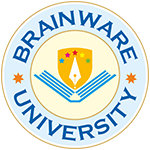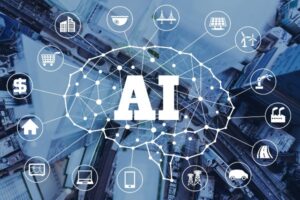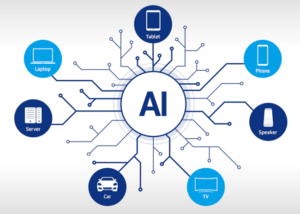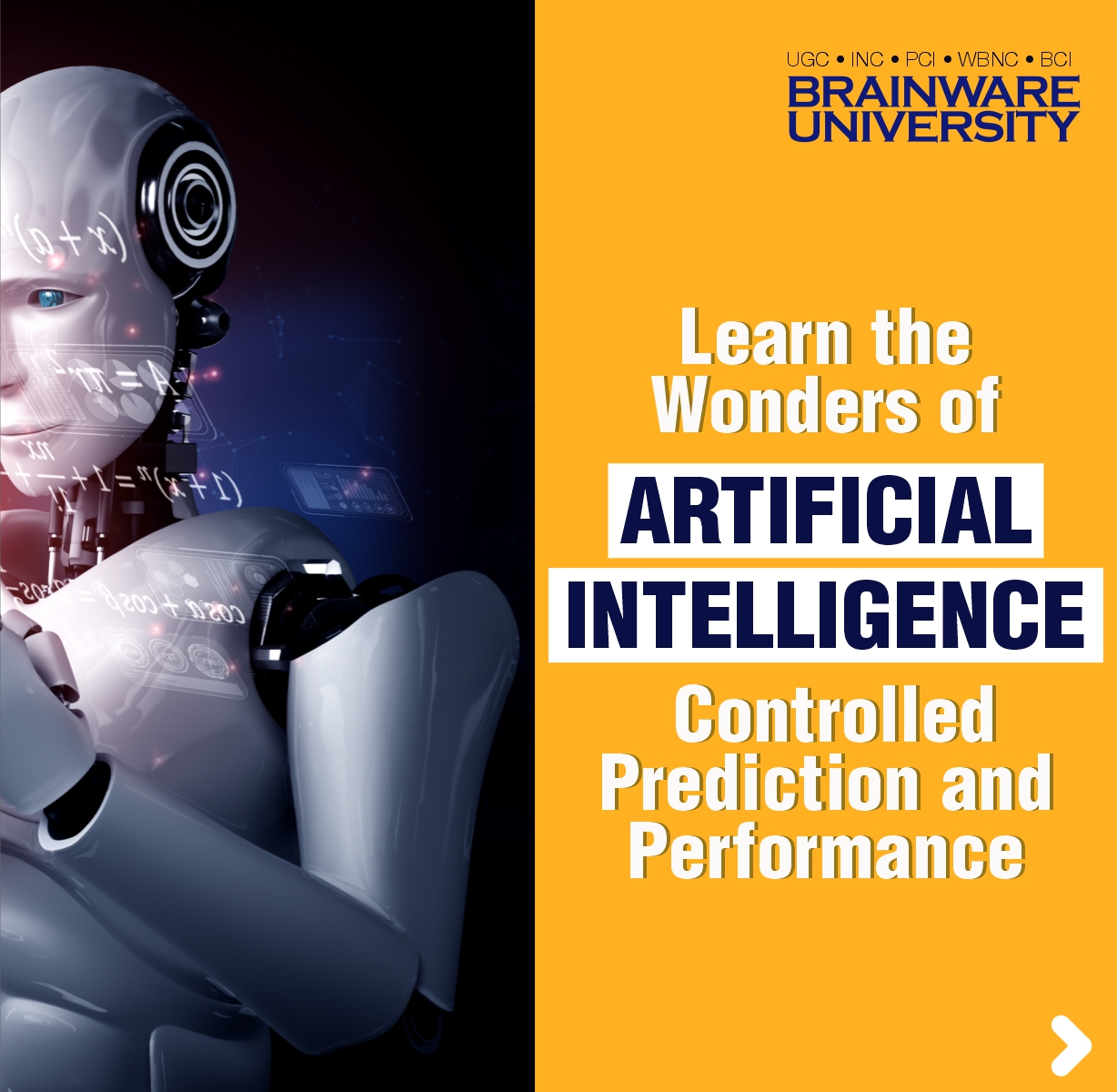
Artificial Intelligence and Machine Learning have had a profound impact on education in recent years, leading to a paradigm shift in how we teach and learn. Our understanding of AI and ML in education begins with understanding what they are and how they differ.
AI Vs ML:
With artificial intelligence (AI), or machine learning, a computer can make a practical decision by executing intellectual thinking through a set of guidelines and algorithms and this broad field of study includes a number of disciplines:
- A natural language process involving translation, transcribing, compiling complex text (NLP);
- Speech, vision, sequential action, and finally
- Machine learning.
With Machine Learning, we train algorithms to be more effective and accurate by supplying numerous data sets and correct responses that the machine will analyze and evaluate before creating its own algorithm. A computer learns from a large data collection rather than from a set of rules and standards. In ML, accuracy in prediction increases with each new use case (data set).
While education experts have long called for digitalization, the COVID-19 pandemic has now compelled firms to step up their digitalization efforts and use new technologies such as AI and ML. According to Business Today, AI will be integrated into 47% of learning management products by 2024. Furthermore, AI in the education business is predicted to grow at a CAGR of 40.3% between 2019 and 2025.
There is no doubt that Artificial Intelligence has accelerated India’s online education business.
Application of AI has revolutionized education by improving the learning experience for students, reducing the workload of teachers, and enhancing the overall efficiency of educational institutions.:
- Personalized Learning: AI and ML algorithms can parse enormous amount of data on student performance and deliver personalized learning experiences that are suited to each student’s unique requirements. This enables instructors to give focused help to struggling children while also challenging high achievers, resulting in better outcomes for all students.
- Intelligent Teaching Platforms: Intelligent teaching platforms combine AI and machine learning algorithms to give students fast feedback and individualized help. These systems may detect where students are having difficulty and give tailored support to aid them in mastering challenging subjects.
- Curriculum Design: Since AI and ML can analyze large amount of data on student performance this helps to identify areas where the curriculum may need to be adjusted or improved meeting the needs of students and keeping them engaged.
- Adaptive Assessments: AI and ML can be used to create adaptive assessments that adjust the difficulty of questions based on a student’s performance. This allows teachers to gain a better understanding of each student’s strengths and weaknesses and tailor their instruction accordingly.
- Diverse Learning Opportunities: AI can also provide diverse learning opportunities by recommending a variety of resources and materials that suit the learning style and preferences of each learner. This can help to create a more inclusive learning environment that accommodates diverse learners.
- Students Engagement: Because AI systems may function as a personal virtual instructor, they can increase student engagement because they are available on demand at any time and from any location.
- Improved Teacher Efficiency: Teachers may use AI to automate monotonous tasks like grading projects, managing attendance, and scheduling lessons, giving them more time to focus on more significant duties like lesson preparation and providing individualized support to students.
- Predictive Analytics AI: AI and ML can analyze data on student performance to predict which students are most likely to struggle with certain topics or assignments, allowing teachers to provide targeted support and interventions. This also can help institutions make overall data-driven decisions and optimize their operations for better outcomes.
- Natural Language Processing (NLP) in AI: Chatbots and virtual assistants are being developed utilizing ai and ml to answer student inquiries and give help 24/7.This can help students get the assistance they require when they require it, resulting in better outcomes.
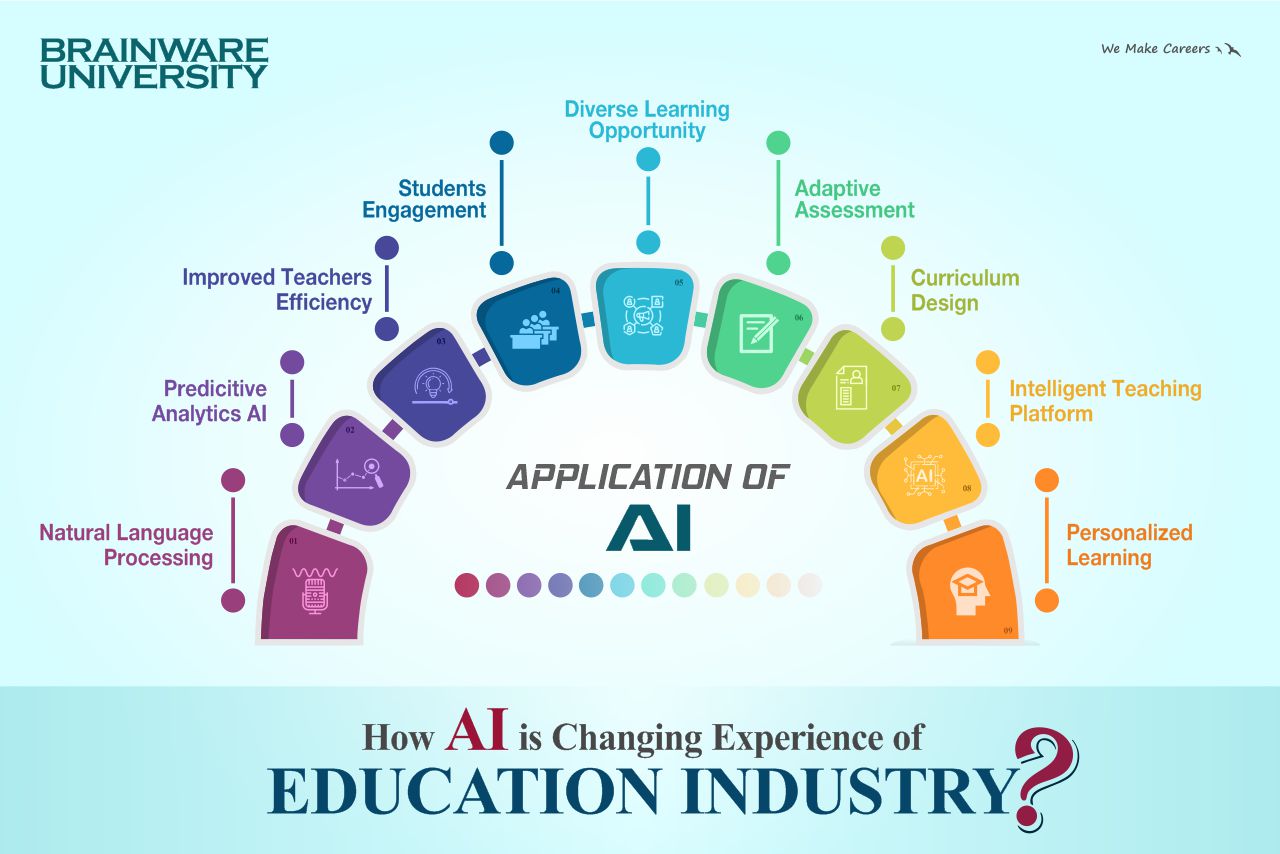
Challenges of Personalized Learning with AI and ML
- Privacy concerns: Personalized learning with AI creates privacy issues as it involves collecting and analyzing large amount of data about individual learners. It is utmost important that students’ data is used ethically, and students should be informed about how their personal data may be shared and used by AI algorithms.
- Lack of teachers involvement: Personalized learning with artificial intelligence minimizes teachers intervention in the learning process. It is important that teachers are involved in designing, implementing and monitoring individual learning systems and ensuring the system is aligned to overall education goals and objectives.
- Limited access to technology: AI-based learning is out of reach for students from all socioeconomic backgrounds since it requires gadgets and internet access to use the platform. It is essential to guarantee that AI learning platforms are accessible to students of all socioeconomic backgrounds.
- Bias in Machine Learning : AI powered app often learn to make decisions based on training data, which might contain biased human judgements or reflect historical or societal inequalities even when sensitive factors like color, ethnicity, male/female and so on are removed. Bias in recommendation lowers the power and potential of AI for business and society at large by promoting misleading outcomes. The same is true for educational platforms which receive biased recommendations based on algorithms that don’t take into account all important criteria. Hence, when developing a personalized platform it should be designed with minimal bias in order to promote equity and inclusiveness in education.
AI and Machine Learning have radically changed education by providing personalized learning experiences, improving curriculum design, creating adaptive tests, and providing targeted aid and interventions to weaker students. We should expect even more dramatic changes in the way we teach and learn as AI and machine learning advance. It is expected that by 2030, AI in the education system will have substantially contributed to India’s efforts to achieve sustainable development goals, and AI will have solved concerns related to fairness, equality, and inclusion.
